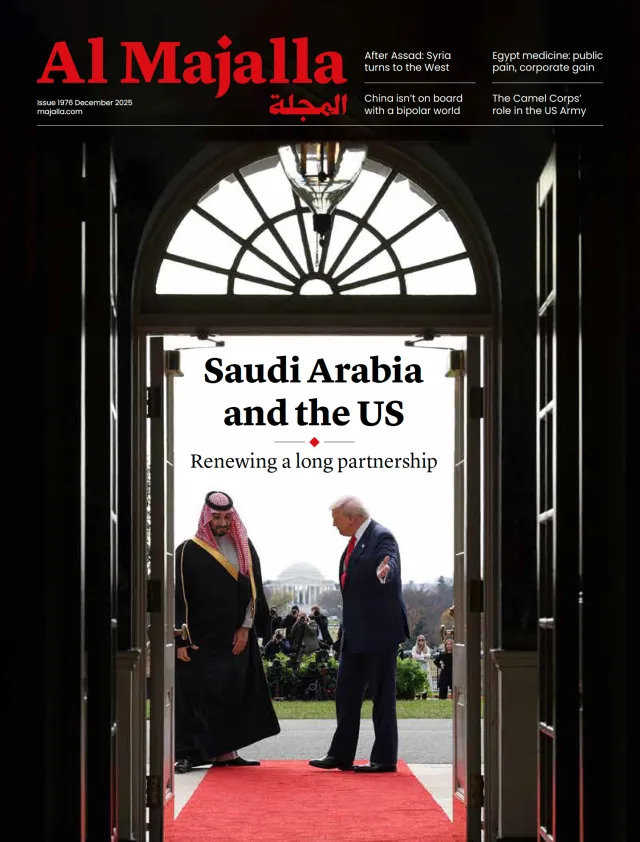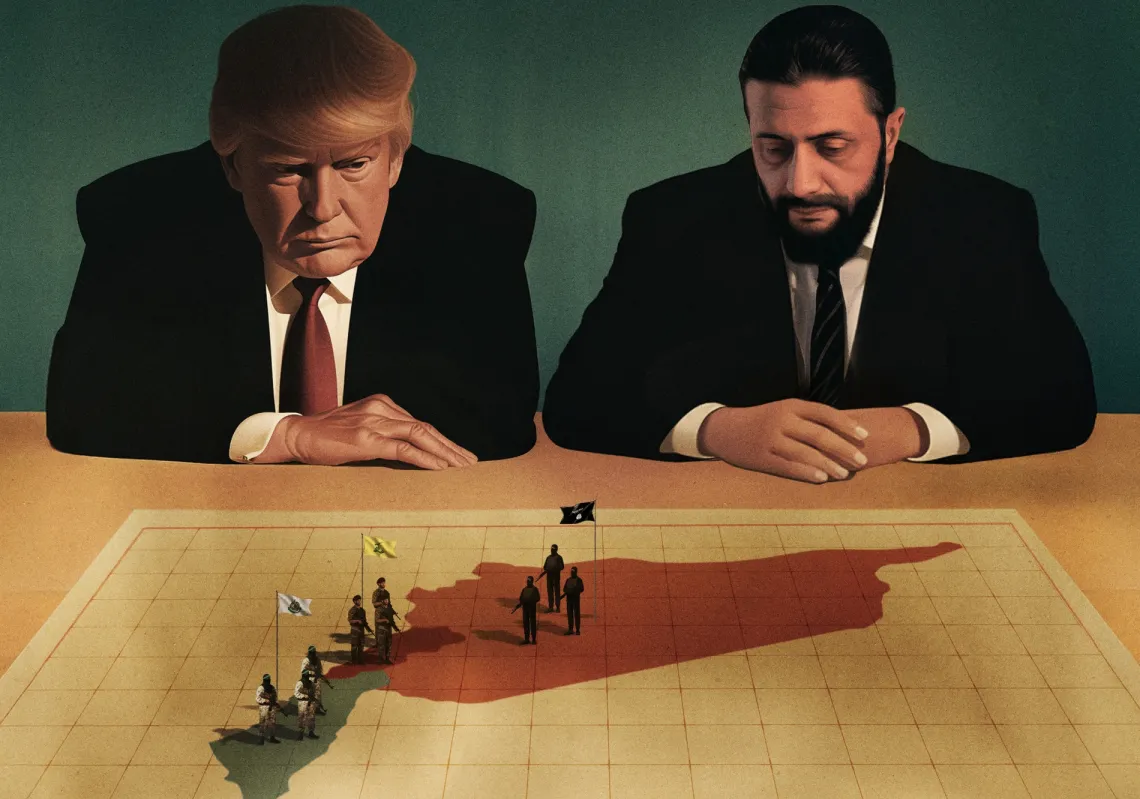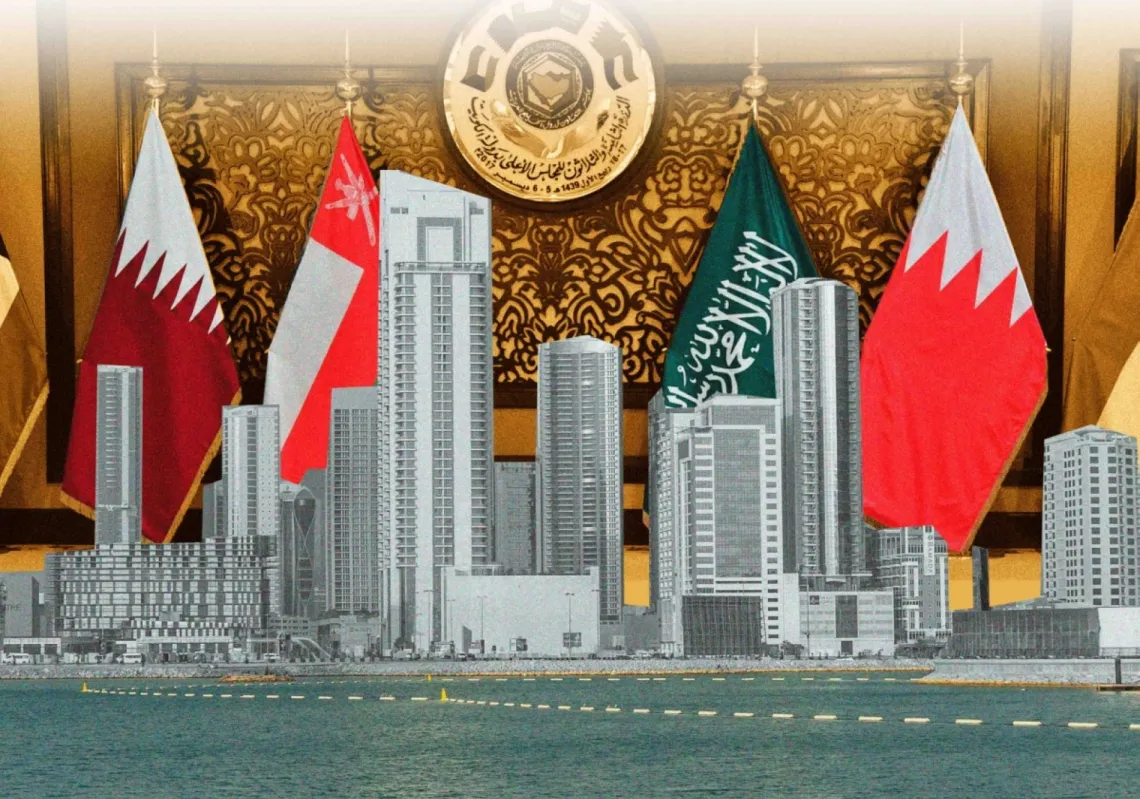Just as he likes it, the global economy is reverberating to the threats, executive orders, and social media comments of US President Donald Trump, who returned to the White House last month. Even before he took office, his actions and statements moved markets, shifted policies, and compelled strategic rethinks.
Amidst the steady stream of shouts and ultimatums, there have been plans to “buy” Greenland, “annexe” Canada, “reclaim” the Panama Canal, and “take” the Gaza Strip as a slice of real estate investment, moving the two million Palestinians who live there somewhere else before bulldozing it to make a Mediterranean “riviera”.
His controversial edicts have upset sovereignties, spurred or diverted the mass movement of people, and provoked even America’s closest allies into antagonism. In Donald Trump’s world, it is all about winning. Other states are simply expected to comply submissively, even if it means humiliation. Just ask Ukraine.
Gunning for globalisation
Trump has also reverted to type by warring with multilateralism. The foundations of the World Trade Organisation (WTO)—established in 1995 to replace the 1948 General Agreement on Tariffs and Trade (GATT)—are being shaken. This is no trivial matter.
The GATT was born in the aftermath of World War II to enhance the exchange of goods, services, investment, and movement of people. Its success led to the creation of a robust and prosperous global trading system that fostered unprecedented growth.
Despite its flaws and inequities, globalisation has fostered interconnected production and consumption chains, investment flows, and wider consumer choices. It has improved market efficiency, expanded global capital markets, facilitated access to credit, and reduced borrowing costs. Yet that is not how Mr Trump sees it.
He likes tariffs, which economists often liken to a gun pointed at the foot of whoever imposes them. Tariff threats provoke instability that spares no one, as has his suspension of US aid administered through the US Agency for International Development (USAID). Chaos pressures markets, supply chains, and currencies.

Read more: The chaos at USAID, explained
Predicting the impact
In a few weeks, this disruptive US president has upended many things, including economic logic. Even the International Monetary Fund (IMF) has struggled to fathom or predict his decisions. Gita Gopinath, first deputy managing director of the IMF, said it was "too early to provide a precise analysis" of Trump's tariff impacts.
Projections indicate that tariffs on Mexico, Canada, and China could reduce US economic output by 0.4% but add $1.1tn in revenue from 2025-34, which equates to an average tax hike of more than $800 per household this year. In terms of employment, tariffs are expected to cost 142,000 jobs.
Trump is playing a risky game. The countries he is picking a tariff fight with have other options, including China. He also risks powerful counter-tariffs, like those imposed by the European Union, Canada, and Mexico. The latter exports nearly 80% of the cars it produces to the US (around 2.5 million vehicles annually).
Strategic choices
Faced with four years of this, Trump's targets are increasingly looking for friends elsewhere. Last month, European policymakers expanded their partnerships with Japan, Mexico, and Malaysia, while Canada is increasing its non-US exports by 50% by the end of the year, not least to the Pacific.
Ironically, after years of trade and technological restrictions aimed at curbing China's global influence, Beijing could emerge as the winner simply by being a strategic alternative to the US.














